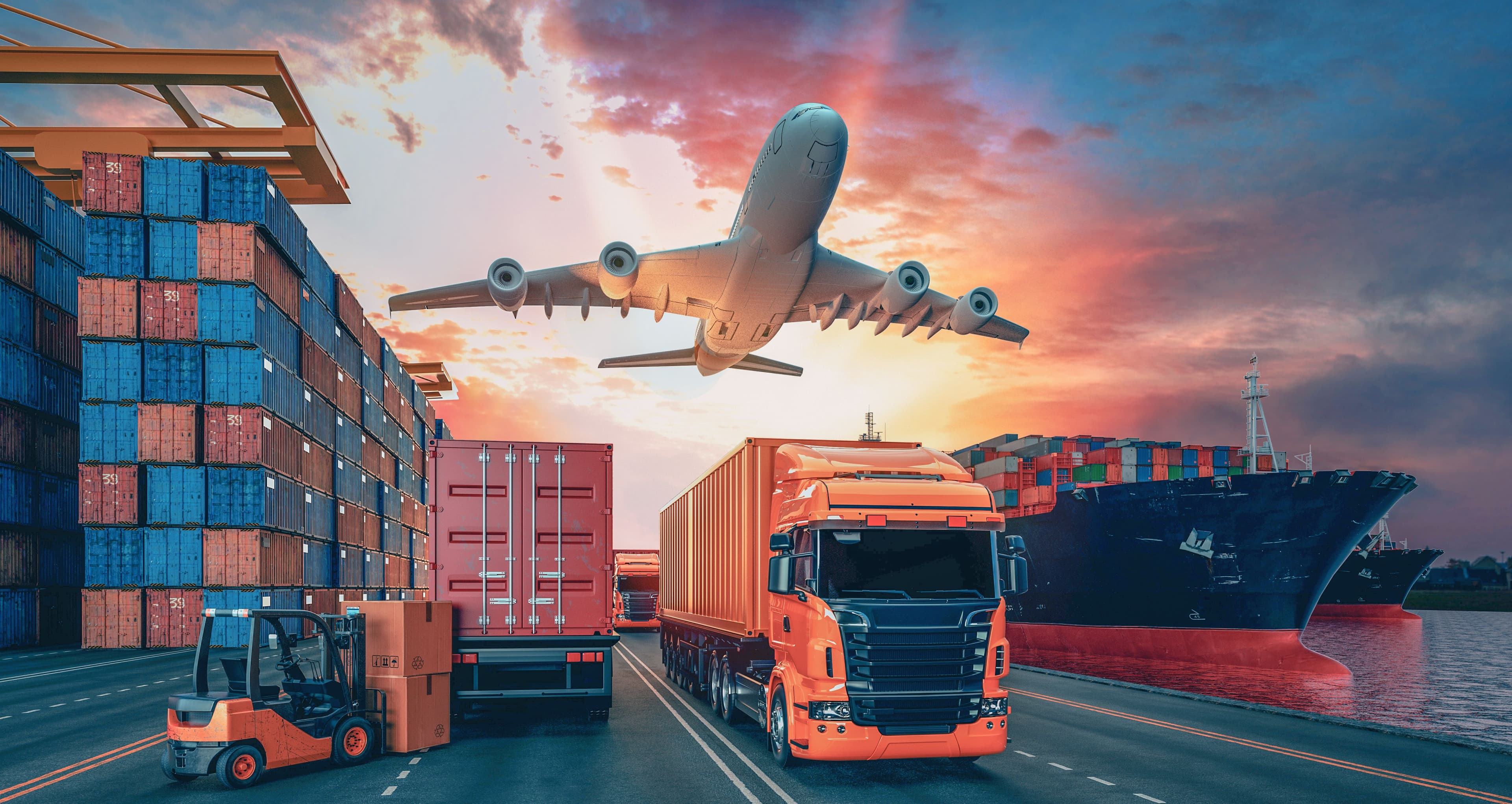
Ocean Freight: A Simplified Door-to-Door Guide
Introduction
Ocean freight is the backbone of global trade, transporting over 80% of goods across oceans at a lower cost than other modes of transport. This guide gives you a clear picture of the types, steps, costs, documents, and risks—with practical tips to help you execute a successful shipment with confidence.
Why Ocean Freight?
Lower cost per unit for large and medium-sized shipments.
Flexible capacities: From a single carton in a consolidated shipment to heavy project equipment.
Wide coverage: Most countries have international ports connected to liner shipping networks.
Ocean freight modes
Full container load (FCL): Reserve a full 20-foot, 40-foot, or 40-foot container for your cargo—better for cargo safety and cost stabilization.
Large container load (LCL): Share a container with other customers—suitable for small shipments.
Ro-Ro: For vehicles and wheeled equipment.
Bulk cargo: such as grain, coal, and minerals.
Breakbulk/Project cargo: Equipment and projects that don't fit in standard containers.
Reefer containers: for temperature-sensitive food and pharmaceuticals.
Common container types:
20', 40', and 40' High Cube
Open Top for taller shipments
Flat Rack for heavy and wide equipment
Tank for liquids
Temperature-controlled refrigerated reefer
Step-by-step shipping process
Quotation request: details of origin/destination, type of cargo, dimensions/weight, if hazardous, and required service (door-to-door or port-to-port).
Booking with the shipping line or broker/forwarder.
Packaging according to the nature of the cargo and maritime handling standards.
Customs clearance in the country of export + inspection/compliance if required.
Delivery to the port, loading onto the vessel, and issuing the bill of lading.
Transit and follow-up (travel tracking, expected arrival times).
Arrival and unloading + customs clearance in the importing country.
Port, storage/decommissioning fees, and de-escalation fees if procedures are delayed.
Inland transportation and final delivery to the customer's door, if required.
Basic Documents
Commercial Invoice: Commercial invoice (value and seller/buyer details).
Packing List: Packaging details, number of packages, weights, dimensions.
Bill of Lading (B/L): Bill of Lading (original/electronic, House or Master).
Certificate of Origin: Certificate of Origin (may affect fees).
Insurance Policy: Insurance policy (if applicable).
MSDS for dangerous goods, and special licenses/permits, if required.
Incoterms in Brief (Allocation of Responsibilities)
EXW: Buyer bears everything from the seller's door.
FOB: Seller delivers on board at the port of shipment; buyer pays thereafter.
CFR/CIF: Seller pays freight to the port of destination (with CIF, this includes basic insurance).
DAP/DDP: Delivered to the buyer's door (with DDP, this includes duties and taxes).
Cost Structure (How is the shipment priced?)
Freight: Typically calculated in W/M units (the higher of weight in tons or volume in cubic meters).
Origin Charges and Destination Charges: Handling, documents, THC, etc.
Supplements/Fuel: Such as BAF and PSS peak season charges, if applicable.
Marine Insurance: Especially recommended for valuable or sensitive cargo.
Inland Transport and Customs Clearance: Before and after sea.
Time Penalties:
Demurrage: Delay in removing the container from the port.
Detention: Delay in returning the empty container.
Storage: Port/Warehouse Storage.
Simplified Calculation Example (LCL)
Shipment Data: 8 m³, 2 tons ⇒ Unit Rate W/M = 8 (largest between 8 m³ and 2 tons).
Sea Freight: $50 / W/M ⇒ 8 x 50 = $400
Origin Charge: $35 / W/M ⇒ 8 x 35 = $280
Destination Charge: $40 / W/M ⇒ 8 x 40 = $320
Total Port-to-Port ≈ 400 + 280 + 320 = $1,000
The above examples do not include clearance, taxes, inland transportation, or insurance.
Time and Routes
Transit time depends on the route, stops (Direct/Transshipment), and operational conditions. Always ask for an updated ETA and allow extra time for seasonality and congestion.
Risk Management and Insurance
Use durable, moisture- and vibration-resistant packaging.
Document the contents of each package and clearly label (Fragile/This Side Up).
Provide insurance based on the value of the goods (All Risks, if applicable).
Monitor compliance with dangerous goods (UN classification, labels, MSDS).
Sustainability and Cost Reduction
Consolidate shipments to reduce the number of small shipments.
Choose direct routes whenever possible to reduce emissions and time.
Optimize packaging (increase container load, reduce voids).
Request modern Reefer containers for sensitive goods to reduce waste.
Practical Tips Before Booking
Compare FCL vs. LCL when your volume is close to the capacity of a container.
Request a detailed quote (including all expected charges) with a statement of the quote's validity.
Check import requirements (licenses, specifications, quality instructions).
Agree on written Incoterms in the quote and contract.
Establish a clearance timeline to avoid delays and delays.
Enable tracking and request progress updates (Loaded on Board, ETD/ETA, Arrival Notice).
Quick Checklist (Exporter/Importer)
Confirm Incoterms and responsibilities.
Document readiness (Invoice, Packing List, B/L, COO, Insurance).
Proper packaging and shipping labels.
Confirmed reservation and container/booking number.
Clear clearance and customs plan for both parties.
Arrange inland transportation before arrival.
Monitor time penalties and return dates.
Conclusion
Ocean freight is a smart and flexible option for international trade when carefully managed: transparent pricing, complete documentation, good packaging, and strict timeline planning. Following the steps and tips above will reduce risks and costs and ensure your goods arrive on time and with the required quality.
If you like, I can convert the article to a print-ready PDF template with your company logo and a checklist template attached.
.11fd1960.png&w=640&q=75&dpl=dpl_GasU22xizL3EpUiQrYsEei8SPSUg)